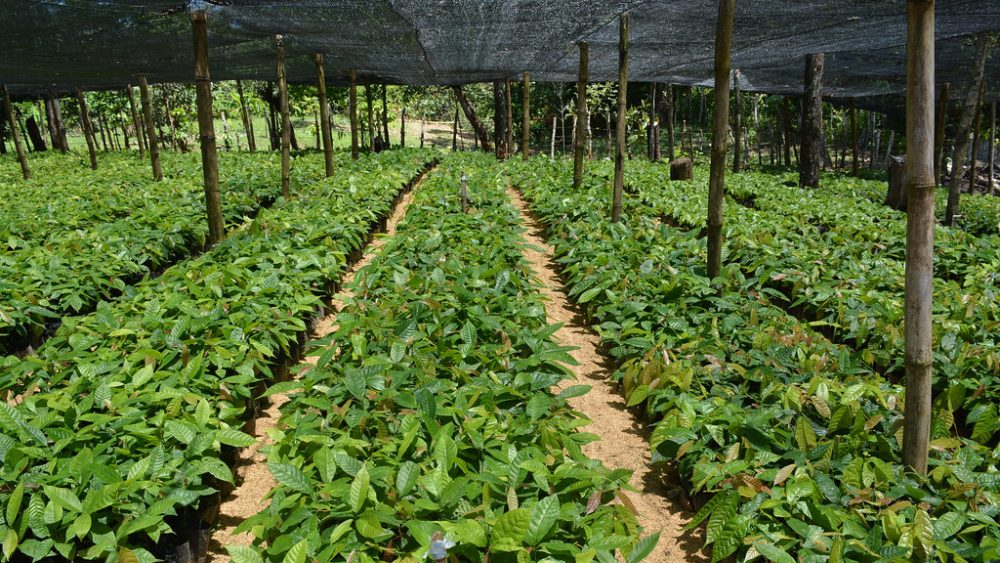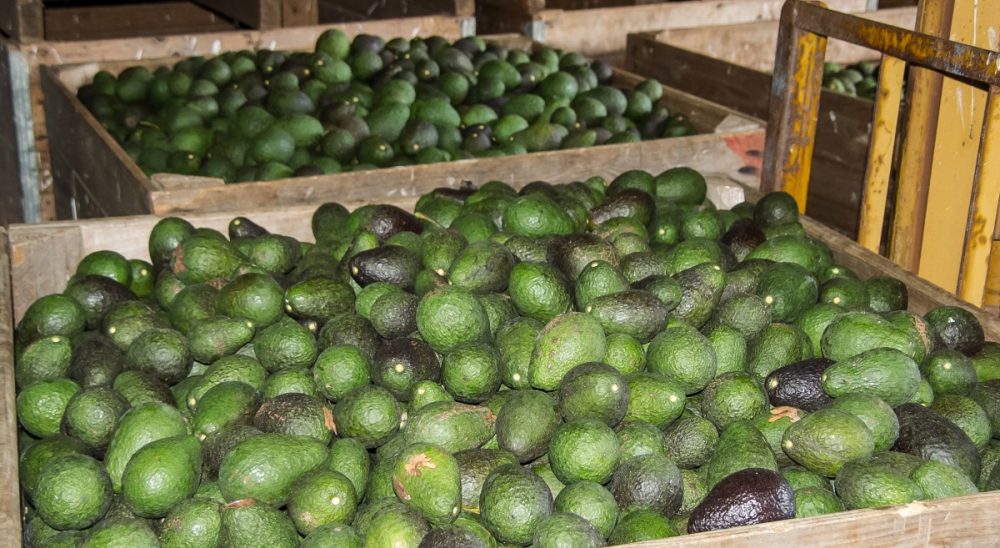In recent years, the production and sale of avocados has increased significantly. It is this type of fruit native to Mexico that has become increasingly profitable due to its high commercial value on a global scale.
The point is that behind the success of any product, there is a difficult process that requires the use of technology and practical knowledge. Similarly, the quality of avocados is related to various factors that are reflected in the harvest and the different post-harvest stages.
Although people are generally less interested in post-harvest care and maintenance, the perception of quality by consumers in terms of appearance and taste is crucial. It should also be noted that the distributor is the first to notice the discomfort of the product due to improper handling after harvest..
For this reason, we have provided a brief guide to factors to consider in avocado plantation and postharvest processing.
Plantation and cultivation of avocado

The avocados are sown from the seeds of the fruit itself (called central bone). This is the only way to do a traditional copy system. The steps are the following:
The first thing we have to do is choose seeds, clean them by removing the pulp residue, and then pierce the thinnest part (upper part) with a cut of about two centimeters thick. This is what will help the plant to germinate more easily.
The best way to do it is germinate the seeds in a bowl of water to wet the flat part (the thickest part) from the seed. When checking that the root has already come out, reaching ten centimeters long, then it will be time to transfer it to a pot with soil and growing medium.
A good composition includes peat, compost with leaves, perlite, black earth, earthworm humus, gallinaceous, facilitating necessary drainage. At the same time, a function of water absorption, strengthening and oxygenating the root.
Let's not forget that the central bone, goes into the pot, hotbed, with the flat part for the bottom, leaving the top to show, receiving the light, irrigation or humidity control. This process is basic in its rooting and growth process..
Spring is the best season of the year to plant avocados. However, must be done avoiding cold places, frost is very harmful and they would make us lose most of the seeds, the ideal temperature would be around 20º C.
There are other procedures that allow faster production. It's all about the layers, obtained from a tree in production. In this case it is a question of achieving the appearance of roots of an existing branch.
A few 4 centimeters of bark and the exposed part is wrapped in a bag with soil rich in specific nutrients. After a few 7 months it is checked whether roots have appeared. In this case, the branch of the tree is cut and transferred to a pot.
Normal processes with bone seeding can bear fruit after 3 to 4 years, as indicated to us, although it also depends on variants and care. The acceleration of production by sowing and care cycles in certain areas, denominated by scales, will facilitate obtaining immediate productions. Even, damaged trees can be healed.
How to handle avocados after harvest?

Avocado is a menopausal fruit, so once it separates from the tree and reaches the physiological maturity, maturity begins. This process is the result of increased ethylene levels and respiratory rate..
Likewise, it is the cause of the appearance of some pathogens that remain inactive during harvest. It is because of that to maintain quality, once the post-harvest season comes, proper care methods must be used.
In this way it can better adapt to the characteristics of the fruit., that we will review next.
Refrigeration
The temperature control and management they are the most useful tools when it comes to preventing diseases or other external factors that cause deterioration. Avocados are refrigerated because this reduces internal physical activity in them..
In this way you can maintain product quality and robustness until it is transferred for sale and consumption. However, It is important to remember that when an avocado is exposed to low temperatures for a long time, may suffer from cold burns or abnormal maturity.
The trefrigeration temperature is usually between 4 y 8º C. Although the aguacate Hass and other varieties are more resistant to cold, its refrigeration temperature can even be between 3 y 7º C. EThis variety currently has a high commercial value and it is also one of the most suitable varieties for export and production on a large scale.
Storage
Its storage is a balance between low temperatures to decrease respiration rate, but not too low as it can cause black discoloration of the shell (patchy spots). That is why ‘Hass’ fruits are normally stored at 4 y 5 ° C.
A treatment of cold conditioning of 3 a 4 days at 6º C allows cold defestation at 1º C for 16 days without patchy spots. However, It is not clear if the 6º C conditioning allows disinfestation with 'Hass' fruits.
This is especially true for those who did not receive conditioning treatment and who did., then stored at 1 ° C or 5 ° C for 40 days, being evaluated in the. In most cases, conditioning and storing at 1º C maintained the quality of the fruits during 20 a 15 days. But, if storage is prolonged, skin damage would appear.
These results suggest that ‘Hass avocados’ Conditioned can be stored cold at 2 ° C for 40 days and perhaps reduce reliance on controlled atmosphere systems. This is perfect so that the fruit reaches the customer perfectly.
RH
After all the fruits fall from the tree, the natural water supply will be lost and the water excreted by sweat will not be able to recover. He increased relative humidity (RH) from air will reduce the amount of water discharged from the product.
In this way, the quality and robustness of the product can be maintained until it is transferred for sale and consumption.. However, it is important to remember that when an avocado is exposed to low temperatures for a long time, may suffer from cold burns or abnormal maturity.
The refrigeration temperature is usually between 4 y 8º C. Although Hass avocado and other varieties are more resistant to cold, its refrigeration temperature can even be between 3 y 7º C. This variety currently has a high commercial value and is also one of the most suitable varieties for export and large-scale production..
A relative humidity (HR) higher than 95% can promote the growth of bacteria and fungi. Thus, optimal storage temperature should always be between 85% and the 90% moisture.
The humidity is one of the problems more common because it can lead to the appearance and manifestation of diseases. If these are not refrigerated, it is recommended to use a coating to cover the fruit and prevent its deterioration.
Thus, creates an atmosphere that reduces respiration, thus reducing humidity. These coatings can be resins, polymers, etc. Controlled atmosphere. Because avocado is a menopausal fruit, your respiration rate will increase after harvest.
Taking into account the availability of oxygen in the environment, can speed up the ripening process. That is why it is very useful to control the atmosphere. High concentration of carbon dioxide and low concentration of oxygen in the atmosphere will delay maturity.
With a 8% carbon dioxide and a 3% oxygen, avocados can be stored for 9 weeks. During this time they can also be transported, but maintaining the same refrigeration conditions according to the type of avocado, in order to avoid damage on the way.
